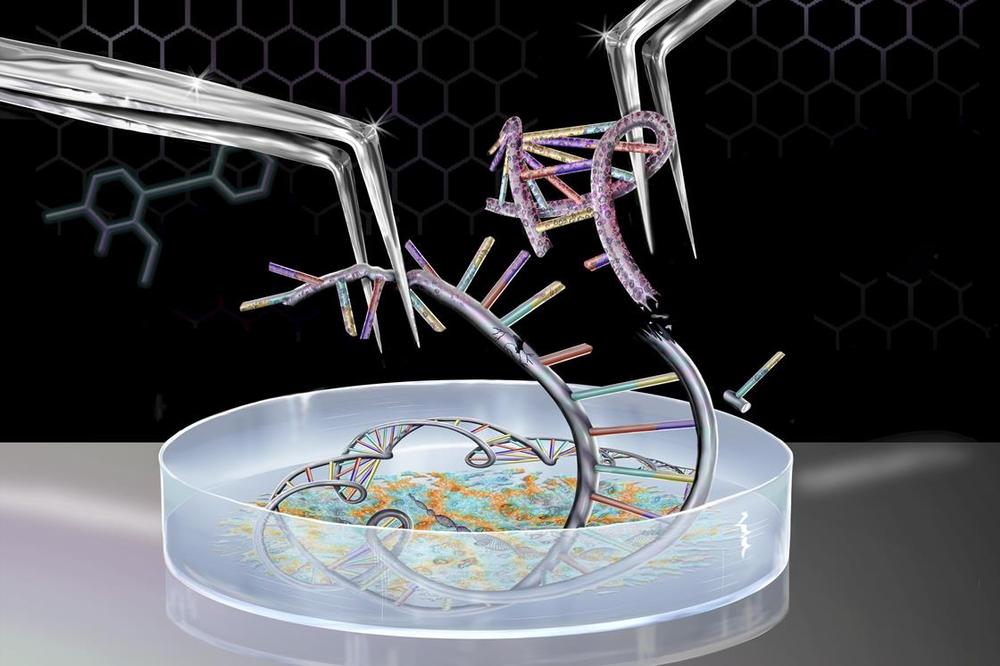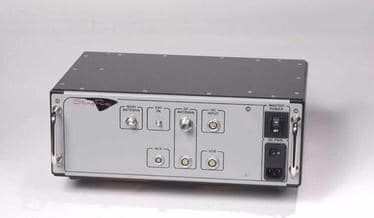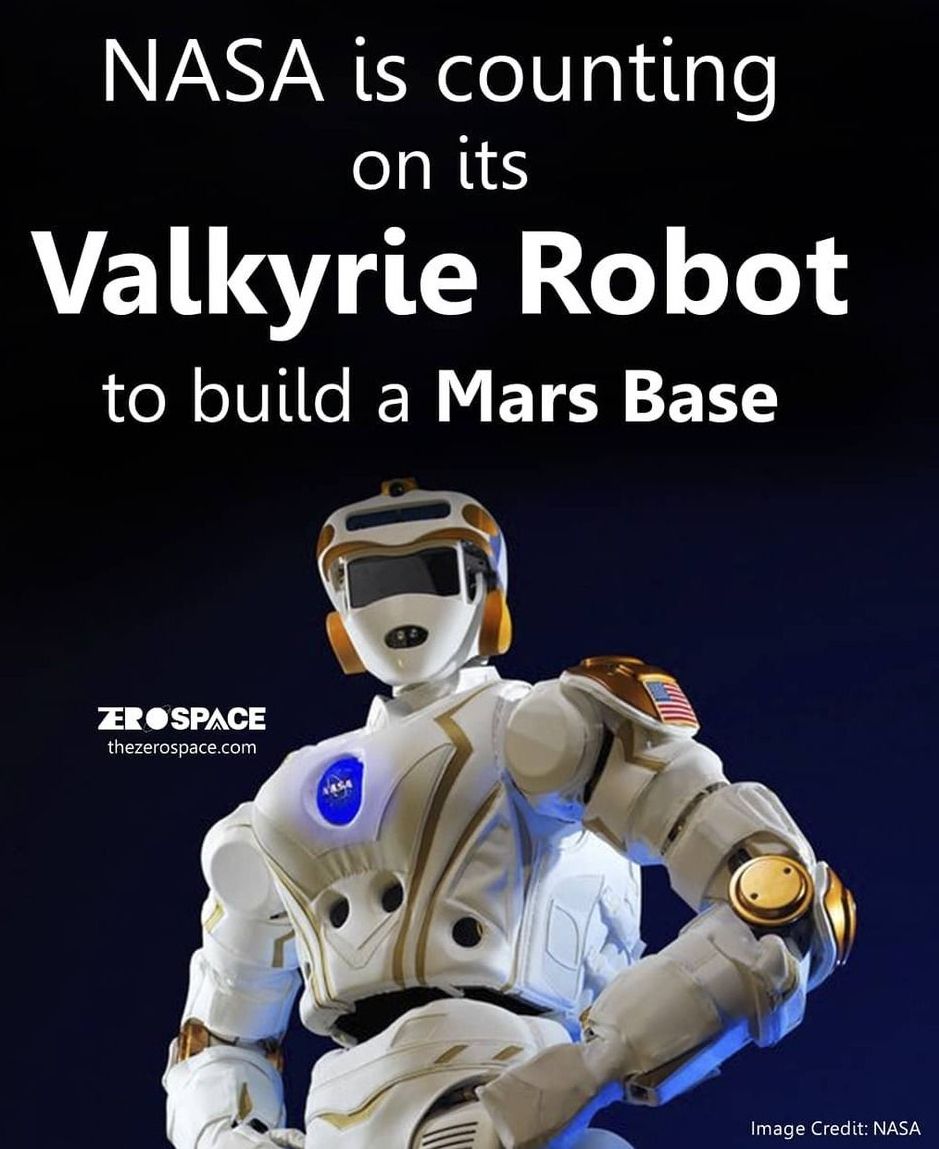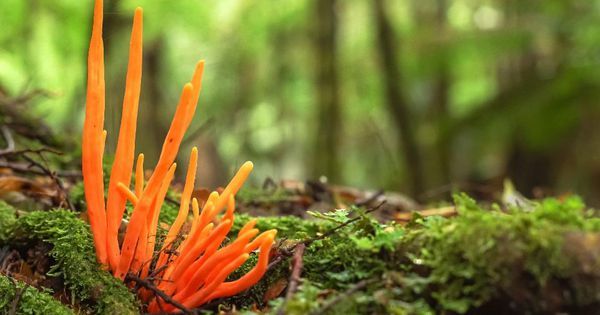
Sciatic nerves isolated from untreated mice (left) show evidence of demyelination, which is improved upon treatment (right)
Researchers in Canada and Sweden have used a novel Crispr system to reverse harm caused by muscular dystrophy – usually thought to be permanent – in mice. Pre-clinical studies often treat animals early, before symptoms can be detected, says Ronald Cohn, senior scientist, president and chief executive officer of The Hospital for Sick Children in Toronto.
‘Our results now show that the therapeutic window may indeed be wider,’ Cohn tells Chemistry World. This is significant as all patients ‘are currently diagnosed at a time when symptoms are already presenting’, he adds. The researchers are now exploring partnerships with industry to work towards bringing the research into a clinical trial.


















